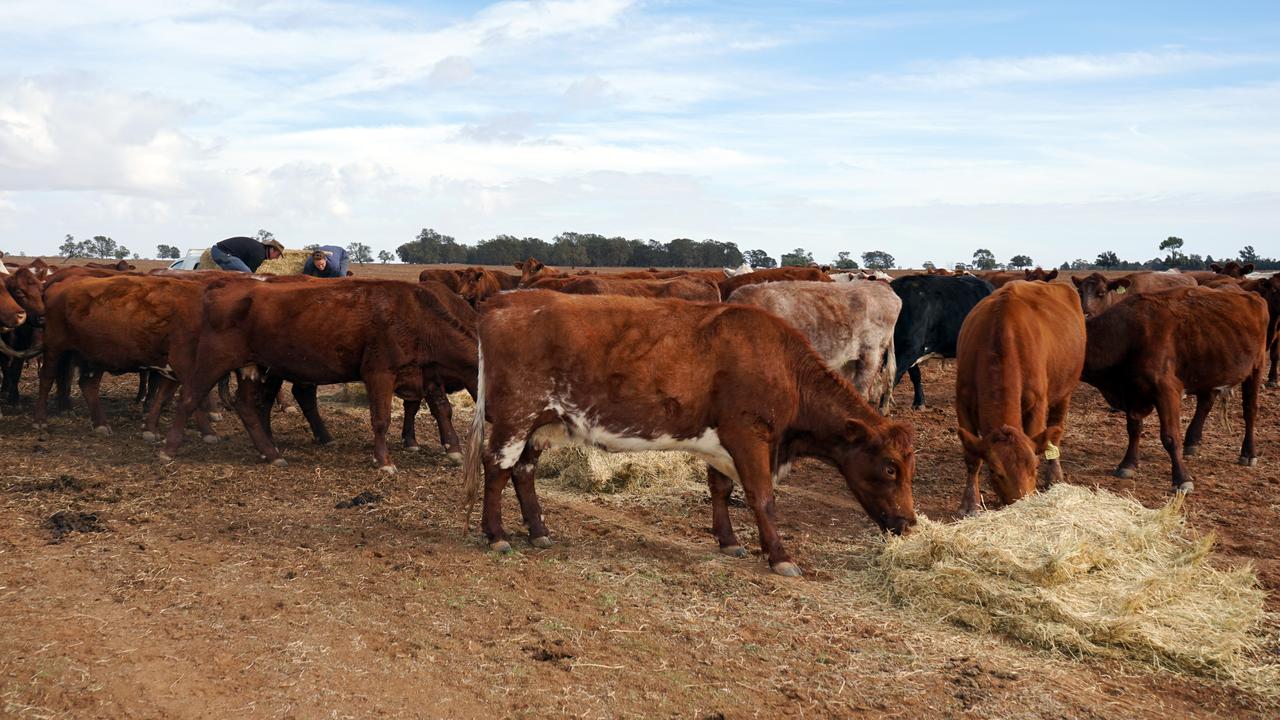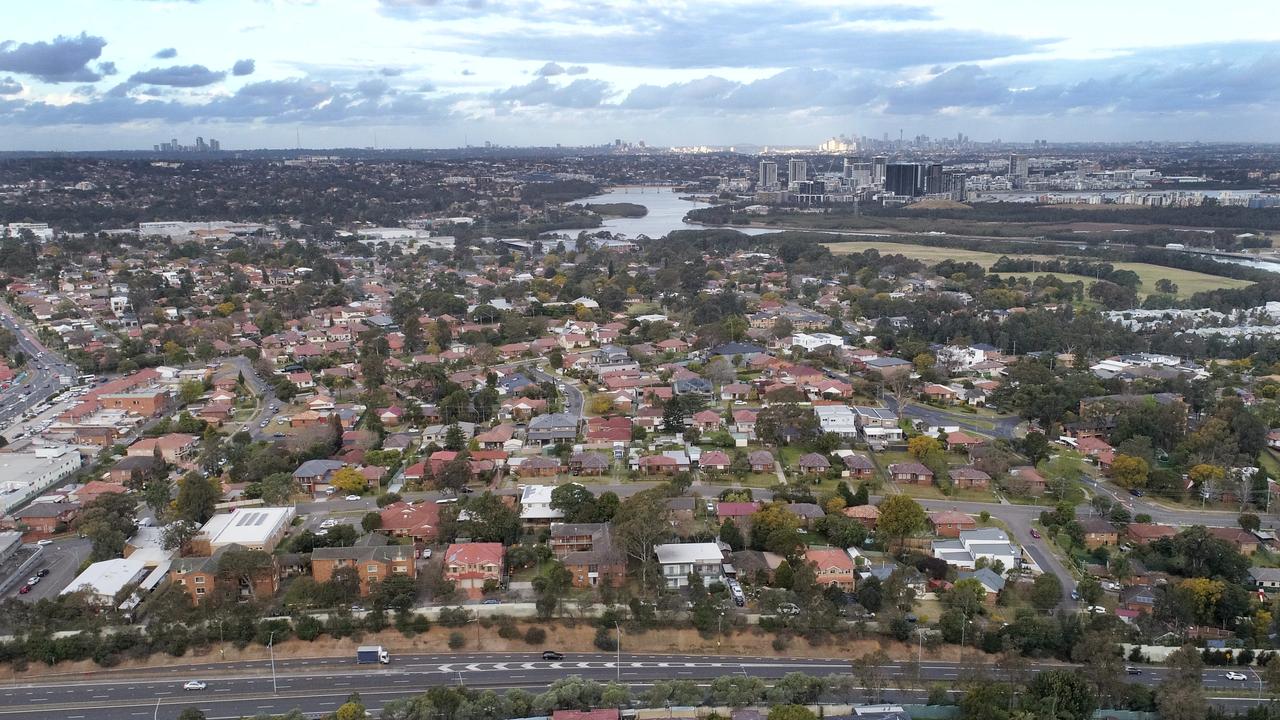How many people can Australia sustain?
IT’S a question everyone seems keen to avoid but calls are growing for Australia to consider whether there’s a limit on how many people can live here.

AS AUSTRALIA’S population nears 25 million, questions are being asked about whether this is a good thing.
If you believe our politicians and the business community, Australia needs population growth to continue to grow our economy.
But neither major political party has a population policy so figuring out how many people Australia can actually sustain has not been carefully considered.
“It’s not a question we’ve been very good at answering so we’ve got to keep asking the question,” Associate Professor James Ward of the University of South Australia said.
One factor to consider is food. If a wall was built around Australia today that stopped produce coming in from overseas, Prof Ward believes the country would still have enough to eat but this might not always be the case.
The water engineering and environmental science expert said Australia was importing a lot of its fruit and vegetables but was also sending food overseas, particularly cereal products.
“We would probably have to shift our diet around but we probably can sustain something like our current population based on our agriculture system,” Prof Ward told news.com.au.
Where it gets tricky is trying to grow the population without relying on bringing in extra food from overseas. To do this, Australia would have to look at its farming practices, as well as how much food each person eats.
At the moment Australian farmers are reliant on nitrate sourced from overseas to fertilise soil because much of the land in the country is quite low in phosphorus.
“While the continent is huge, the majority of the land is not productive because of a lack of water,” Prof Ward said. “The land is also not very fertile because it is very old and mostly arid.”
RELATED: Australia about to hit 25 million milestone

This would probably explain why there were only a few hundred thousand Aboriginal people living in Australia pre-European settlement.
While nitrate could eventually be manufactured sustainably in Australia in the future, there are also other limitations.
Any increase in farming would also have to consider how to deal with soil deterioration and the further loss of biodiversity. This could ultimately have negative impacts on food production in the future.
“We need to run farms in a more sustainable way so they can be sustained for a long time,” Prof Ward said.
“We want an Australia that can exist for the wellbeing of everyone in 500 years — just as it did pre-colonisation.”
Australians may also need to eat a little less, or potentially even change their diets, to sustain a larger population.
“Currently we enjoy one of the highest consumption rates per person,” Prof Ward said. “We are one of the highest consumers per person of meat — and that takes more land and resources to produce.
“Everyone needs a certain amount of calories and protein, you can get this from eating beans or beef. Each has a different footprint when it comes to land and energy required.

“Our land can sustain a larger population if we don’t consume as much. So there is a scenario where we could have a larger population but only if we consume a lot less.”
Prof Ward said there should be a measured conversation about population growth and how big Australia should become, which balanced factors like people’s dietary needs, infrastructure, housing and the need for jobs.
“We need to have a conversation about it because we can’t continue growing,” he said.
At the moment much of Australia’s economy was being fuelled by the growing population, which created the need for new housing and infrastructure. Many people were now being employed in these industries.
“What happens when there’s less growth and less new housing?” Prof Ward asked.
“Because we will get to a point when there’s enough housing (and) there will be a whole set of jobs which employ lots of people that won’t exist in the long-term.”
Prof Ward said it was “simple mathematics” which suggested Australia couldn’t grow forever, yet both major parties had a “de facto policy” to continue this indefinitely.
“Having a plan just to grow is really silly,” he said.
“It’s like having a life plan that you are going to live forever. At some point you’re going to be disappointed.
“We’ve got to at some point face up to the fact that we need a different plan than that.”
Liberal senator Dean Smith this month called for a review into Australia’s population policy as the nation approached 25 million residents.
It comes after new data revealed Australia’s intake of permanent migrants fell to its lowest level in 10 years.
Prime Minister Malcolm Turnbull has agreed to talk to the senator about a possible parliamentary inquiry but said Australia’s immigration and population growth was constantly under review.
RELATED: Where do Australia’s migrants come from?
Prof Ward said politicians had a strong interest in growing the economy so it was not surprising no one wanted to discuss population growth. Another problem was it often turned into a debate on immigration — which is responsible for much of the growth in net migration.
“As soon as you start talking about migration numbers, the people you find yourself sharing a stage with, are often talking about limiting migration for different reasons,” Prof Ward said.
He pointed to people like Dick Smith, who was painted as anti-immigration after calling for Australia’s migration intake to be scaled back and has found himself shoulder-to-shoulder with “racist” parties like One Nation.
“It is understandable that socially progressive and environmentally progressive groups like the Greens can’t be seen to be affiliated with a racist message,” Prof Ward said. “So they prefer not to talk about population.”
Even among environment sustainability groups, Prof Ward has encountered people who are pushing an anti-multicultural agenda.
“I don’t agree with that in any way and neither do the organisations — but the fact that there are those elements muddies the water.
“It makes the whole thing incredibly difficult to even talk about, to even have the conversation and that’s what we need to do — to have the conversation.”




